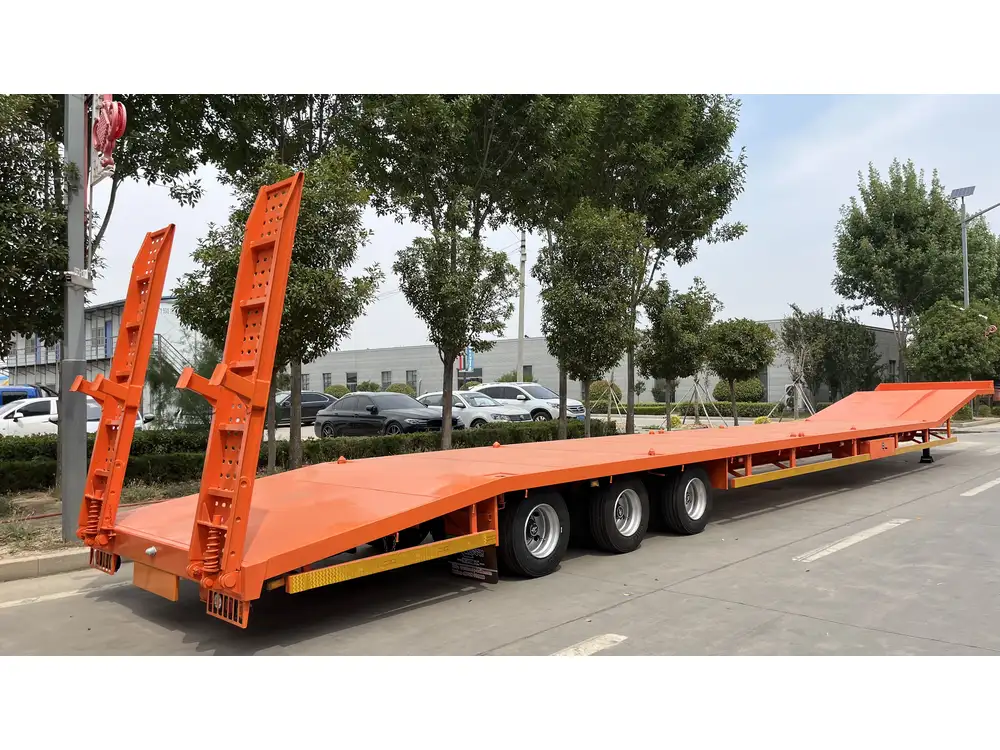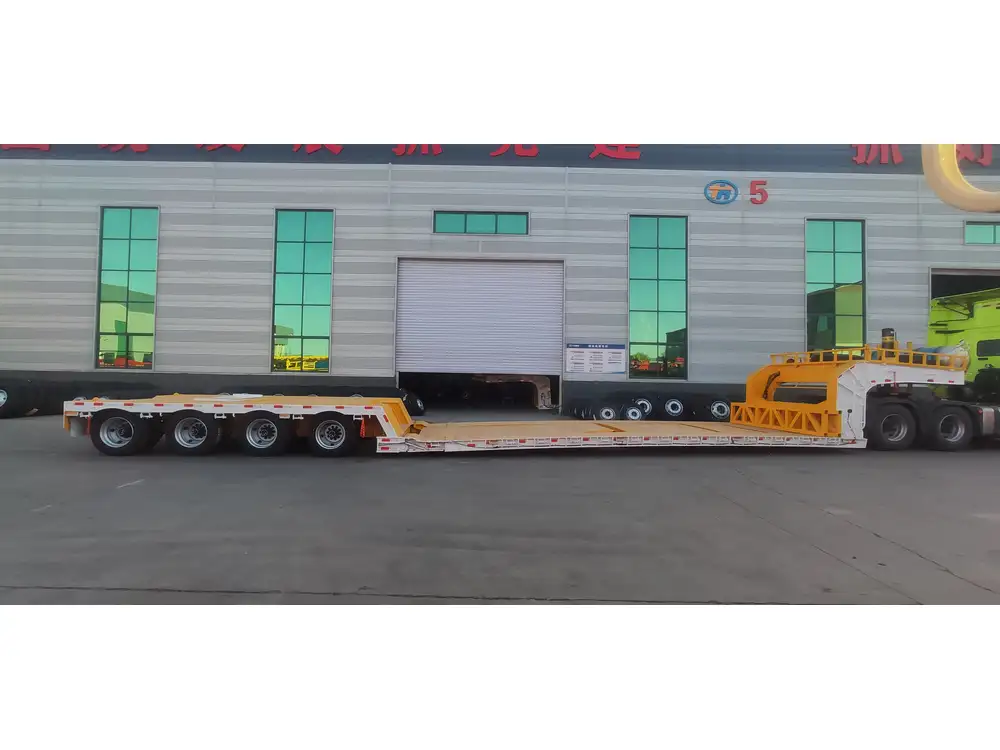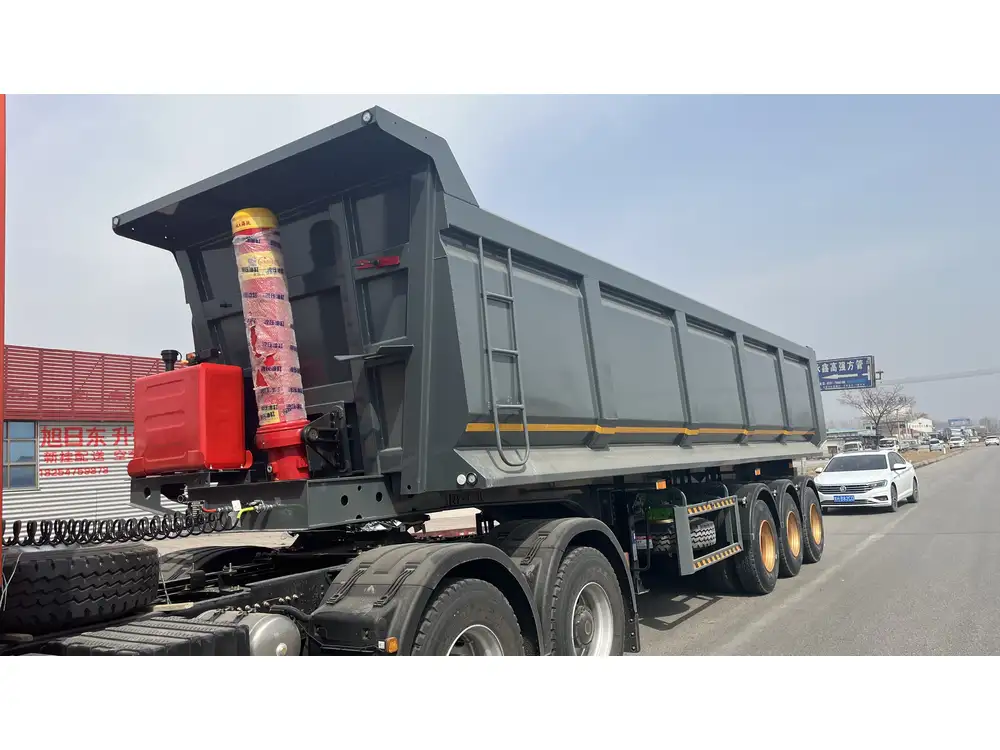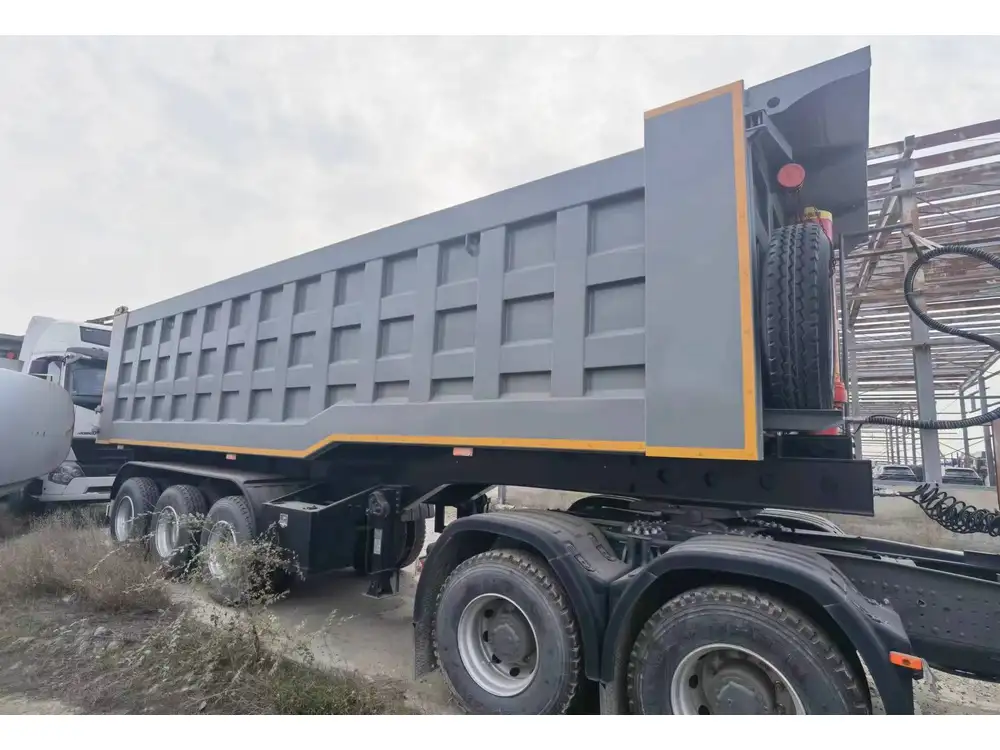Side dump trailers are an essential tool in various industries, particularly in construction, mining, and agriculture, due to their unique dumping mechanism that allows for safer and more efficient unloading. However, one of the key aspects to consider when evaluating side dump trailers is how much does a side dump trailer weigh? Understanding the weight can influence everything from transportation regulations to load capacity and overall operational efficiency. This guide will delve into various factors affecting the weight of side dump trailers, provide comparisons, and equip you with valuable insights.
Factors Influencing the Weight of Side Dump Trailers
The weight of a side dump trailer is influenced by multiple factors, including materials, design, size, and additional features. Below, we break down these influences for clarity.
1. Material Composition
The materials used in the construction of side dump trailers play a crucial role in determining their weight. Common materials include:
| Material | Density (lbs/ft³) | Effect on Weight |
|---|---|---|
| Steel | 490 | Heavier but very durable; withstands heavy loads. |
| Aluminum | 170 | Lightweight, enhances payload capacity. |
| Composite materials | Varies | Often lightweight, can be designed for specific needs. |
Aluminum trailers are typically much lighter than their steel counterparts, allowing for increased payload capacity. However, steel trailers often come with better durability.

2. Trailer Size and Dimensions
The size of the side dump trailer is directly proportional to its weight. Larger trailers offer greater load capacity but also increase overall weight. Here’s an illustrative breakdown:
| Trailer Length (ft) | Typical Weight (lbs) |
|---|---|
| 12 | 8,000 |
| 14 | 10,500 |
| 16 | 12,500 |
A standard 16-foot side dump trailer, for instance, can weigh approximately 12,500 pounds, depending on its construction material and features.
3. Design and Configuration
The design and configuration of the trailer can significantly impact its weight. Key design features include:
- Tipping Mechanism: The hydraulic system used for tipping contributes to the overall weight. Advanced systems might add more weight due to additional hydraulic components.
- Suspension Systems: Trailers with air ride systems tend to be heavier than those with simpler leaf spring setups.
- Add-ons: Features such as additional storage compartments, reinforced flooring, and extended sidewalls can increase the total weight.
4. Load Capacity Considerations
When calculating the operational weight, it’s important also to consider the payload capacity. Most side dump trailers can carry between 20,000 to 30,000 pounds of materials, depending on the structure’s strength and weight. The gross vehicle weight rating (GVWR) thus becomes pivotal.

Average Weights of Side Dump Trailers
After considering the various influencing factors, we can establish some average weights for typical side dump trailers:
| Trailer Type | Average Weight (lbs) | Payload Capacity (lbs) |
|---|---|---|
| Light Duty | 8,000 to 10,000 | 20,000 to 25,000 |
| Medium Duty | 10,000 to 12,500 | 25,000 to 30,000 |
| Heavy Duty | 12,500 to 15,000 | 30,000 to 35,000 |
These averages provide a guideline, though exact weights will depend on manufacturers and specific configurations.
Implications of Trailer Weight
Understanding the weight of side dump trailers is not just a matter of curiosity—it has practical implications.
1. Regulatory Compliance
Each state has regulations regarding the maximum allowable weights for trailers on public roads. Exceeding these limits can lead to hefty fines and damage to roadways. Awareness of your trailer’s weight will help ensure compliance and longevity in the field.

2. Vehicle Compatibility
The weight of a side dump trailer dictates the type of towing vehicle required. Heavier trailers will necessitate powerful towing vehicles equipped to handle higher weights safely. This assurance prevents deterioration of both trailers and vehicles.
3. Operational Efficiency
The weight directly affects operational efficiency. Lighter trailers allow for higher payloads and reduced fuel consumption. This efficiency can lead to lower operational costs and increased productivity on job sites.
Tips for Selecting the Right Side Dump Trailer
Selecting the appropriate side dump trailer involves analyzing both your operational needs and the potential weight implications. Here are some sub-points to consider:

1. Identify Your Needs
- What type of materials will you typically be transporting?
- How often will you be unloading the trailer, and how critical is speed and safety?
2. Consider Your Equipment
- Ensure your towing vehicle can safely handle the total weight of the trailer plus its load.
- Check your vehicle’s manufacturer specifications regarding towing capacity.
3. Evaluate Trailer Features
- Look for trailers with hydraulic systems designed for frequent use without compromising the structural integrity.
- Consider additional features that can improve performance, such as upgraded suspension that can support heavy loads for enhanced ride quality.

4. Assess Material Durability
- Determine if the trade-off between weight and durability suits your specific applications. Aluminum might be advantageous for lighter loads, whereas steel might be more suitable for rigorous, heavy-duty applications.
Conclusion
In summary, when evaluating side dump trailers, how much does a side dump trailer weigh is a pivotal question that encompasses various aspects such as material, size, design, and load capacity. Understanding these elements will enable you to make informed decisions and optimize your operations.
By leveraging this comprehensive analysis, you can ensure that your choice enhances efficiency, meets compliance regulations, and aligns with your operational requirements. The dynamics of side dump trailers are intricate, but with the right insights, you can navigate them effectively, ultimately leading to improved productivity and reduced costs in your operations. Always consult with manufacturers and industry experts to gain tailored advice suited for your specific needs.



